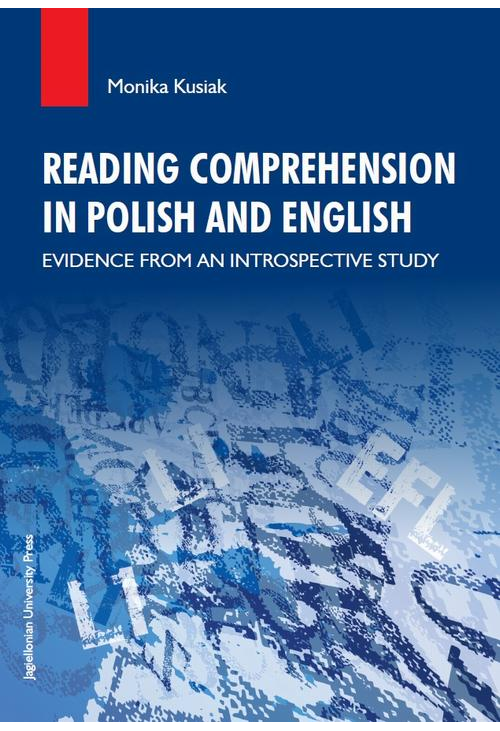
- -11%
ebook Reading Comprehension in Polish and English Evidence from an Introspective Study
Odkryj fascynujący świat czytania ebooków w języku polskim i angielskim z książką "Reading Comprehension in Polish and English" autorstwa Moniki Kusiak, wydanej przez Wydawnictwo Uniwersytetu Jagiellońskiego w 2013 roku. Ta unikalna publikacja bada złożoność dwujęzycznego zaangażowania w czytaniu obcojęzycznym i prezentuje wyniki badania myśli na głos, które badało czytanie w języku polskim jako L1 oraz angielskim jako FL u polskich uczących się języka angielskiego.
Książka ta składa się z sześciu etapów, każdy skupiający się na różnych aspektach czytania: strategie czytania, problemy i rozwiązania, konstruowanie reprezentacji tekstów przez badanych, indywidualne wzorce rozwijania zrozumienia i skuteczności w identyfikowaniu głównych idei. Badanie ujawnia zarówno różnice, jak i podobieństwa między czytaniem w języku polskim a angielskim przez badanych.
"Reading Comprehension in Polish and English" oferuje implikacje dla dalszych badań oraz wyjaśnia przydatność protokołów myśli na głos w nauczaniu języków obcych. To idealna lektura dla osób zainteresowanych efektywnym czytaniem i badaniami nad dwujęzycznością.
Kup ten ebook w sklepie z ebookami i pobierz go w wygodnym formacie PDF, aby natychmiast rozpocząć swoją przygodę z czytaniem w różnych językach. Ciesz się najlepszymi ebookami dostępnymi na rynku i odkryj bogactwo literatury pięknej oraz bestsellerów w formie elektronicznej.
Spis treści ebooka Reading Comprehension in Polish and English
ACKNOWLEDGEMENTS 11INTRODUCTION 13
PART I: ESSENTIAL COMPONENTS OF READING – A CROSS-LINGUISTIC APPROACH 15
1. FL/L2 reading – a language problem or a reading problem? 16
1.1. Th e Linguistic Th reshold Hypothesis 16
1.2. Th e Linguistic Interdependence Hypothesis 17
1.3. Consolidating the Linguistic Th reshold and the Linguistic Interdependence Hypotheses 18
2. Lower-level language processing – word and sentence level 19
2.1. Phonological processing 20
2.1.1. Th e importance of phonological decoding in L1 reading 20
2.1.2. Phonological processing in diff erent orthographic systems 20
2.1.3. Phonological processes in reading English as L1 and Polish as L1 21
2.1.4. Cross-linguistic variations: Th e infl uence of L1 orthographic background on FL/L2 reading 22
2.2. Word recognition 23
2.2.1. Th e role of phonological mediation in word recognition 23
2.2.2. Word recognition in the rauding theory 25
2.3. Vocabulary knowledge 26
2.3.1. Th e importance of vocabulary knowledge in L1 and FL/L2 reading 26
2.3.2. Cross-linguistic studies 27
2.4. Sentence processing 28
2.4.1. Factors infl uencing sentence processing 28
2.4.2. Sentence processing in the competition model of language acquisition 29
2.4.3. Cross-linguistic variations in sentence processing 30
3. Higher-level language processing – discourse level and text structure knowledge 32
3.1. Discourse processing 32
3.1.1. Th e Kintsch model 32
3.1.2. Mental models 33
3.1.3. Studies on L1 and FL/L2 discourse comprehension 34
3.2. Coherence development 35
3.2.1. Coherence in the psychological perspective 35
3.2.2. Contrastive studies 35
3.3. Establishing coherence through inferencing 36
3.3.1. Elaborative and bridging inferences 37
3.3.2. Studies on coherence building in L1 and FL/L2 reading 37
3.4. Text structure and comprehension 38
3.4.1. Narrative texts 39
3.4.1.1. Story grammar 39
3.4.1.2. Causal network models 40
3.4.2. Expository texts – focus on the text structure 41
3.4.2.1. Meyer’s system 41
3.4.2.2. Contrastive studies 42
3.4.3. Expository texts – focus on the reader’s comprehension 43
3.4.3.1. Th e Gernsbacher model 43
3.4.3.2. Britton’s grammar of exposition 47
3.4.3.3. Inducing insights by exposition 50
3.5. Contrastive rhetoric 51
3.5.1. Pioneering studies 52
3.5.2. European languages 52
3.5.3. Th e Polish language 54
3.5.4. Summary 56
3.5.5. Implications for FL/L2 reading 57
4. Language-independent factors 58
4.1. Background knowledge 58
4.1.1. Conceptual knowledge 59
4.1.2. Domain knowledge 59
4.1.3. Cultural knowledge 60
4.1.4. Th e relationship between background knowledge and FL profi ciency 61
4.1.5. Teaching implications 62
4.2. Metalinguistic knowledge 62
4.2.1. Defi nition of the term 62
4.2.2. Interrelations among metalinguistic knowledge, metalinguistic awareness and metalinguistic ability 64
4.2.3. Metalinguistic phenomena in bilingual learners’ reading 64
4.2.4. Summary 66
4.3. Metacognition 67
4.3.1. Various conceptions of metacognition 67
4.3.2. Metacognition of L1 readers 68
4.3.3. Metacognition of FL/L2 readers 69
4.3.4. Metacognition in the Bernhardt constructivist reading model 70
4.3.5. Cross-linguistic studies 71
4.3.6. Eff ects of metacognitive training 73
5. Summary of the fi ndings and implications for future research 74
5.1. Vocabulary, syntax and discourse 75
5.1.1. Th e role of L1 in FL/L2 reading 75
5.1.2. Diff erences between L1 and FL/L2 reading 75
5.1.3. Interlingual transfer 76
5.2. Metacognition, metalinguistic knowledge and background knowledge 78
5.3. Suggestions for future research 79
5.3.1. A call for a unifi ed theory of reading 79
5.3.2. Th e need for more cross-linguistic reading research in Poland 80
PART II: THINK-ALOUD READING COMPREHENSION STUDIES 83
1. Th ink-aloud methodology 83
1.1. Aspects of reading investigated by think-aloud methodology 83
1.2. Using protocol analysis in theory building and research 85
1.3. Th eoretical underpinnings of think-aloud methodology 85
1.4. Ericsson and Simon’s model and text processing 87
1.5. General methodological guidelines for think-aloud research 88
2. A review of selected studies in the L1 reading context 92
2.1. Reading as a problem-solving process 94
2.2. Reading as a process of constructing a text model 94
2.3. Evaluating text understanding 95
2.4. Strategies used by expert readers 96
2.5. Diff erences between expert and novice readers 97
2.6. A summary of research fi ndings 99
2.7. Conclusions – reading in L1 102
2.7.1. Th e relationship between the think-aloud method and reading 102
2.7.2. Th e view of reading and the reader created by the studies 104
3. A review of selected studies in the FL/L2 reading context 106
3.1. FL/L2 readers’ approach to the text 107
3.2. Strategies used by successful and unsuccessful readers 108
3.3. Monitoring comprehension by profi cient and less profi cient readers 109
3.4. Factors that make texts diffi cult to read 110
3.5. Conclusions – reading in FL/L2 110
3.5.1. Skilled vs. less skilled FL/L2 readers 111
3.5.2. FL/L2 reading vs. L1 reading 112
4. A review of selected comparative studies in L1 and FL/L2 113
4.1. Processing strategies in L1 and FL/L2 reading 115
4.2. Interpretation problems of L1 and FL readers 117
4.3. Test-taking strategies in L1 and FL reading 117
4.4. Transfer of reading processes from L1 to FL 118
4.5. Conclusions – reading in L1 and FL/L2 119
PART III: THE THINK-ALOUD STUDY 125
1. Description of the study 125
1.1. Th e goal of the study 125
1.2. Subjects 126
1.3. Texts 126
1.4. Tasks 127
1.5. Directions to subjects 128
1.6. Transcription process 128
1.7. Process of analyzing the protocols 129
2. Analysis of students’ strategies: Stage 1 130
2.1. Research questions 130
2.2. Results 130
2.3. Discussion 140
2.4. Conclusions 144
3. Analysis of problems and solutions: Stage 2 145
3.1. Research questions 145
3.2. Procedures applied in the analysis 146
3.3. Results 146
3.3.1. Problems and solutions applied in reading in Polish and English – a comparison of comprehension processes 146
3.3.2. How did the students cope with vocabulary problems inreading the English text? 150
3.3.3. How did the students cope with diffi culties in understanding concepts? 151
3.4. Conclusions about the students’ comprehensionof the text 154
4. Analysis of propositions: Stage 3 156
4.1. Research questions 156
4.2. Results 157
4.2.1. Identifying diff erent types of propositions 157
4.2.2. Th e role of predictions in understanding the text 160
4.2.3. Th e role of pictures in understanding the text 163
4.2.4. Strategies the students used to evaluate their comprehension 164
4.3. Conclusions 165
5. Students’ idiosyncratic patterns of constructing comprehension: Stage 4 166
5.1. Research questions 166
5.2. Results and conclusions 166
6. Evaluating the readers’ comprehension – how well the subjects understood the texts: Stage 5 169
6.1. Research focus and analysis of results 169
6.2. Conclusions 173
7. Th e interview with the students: Stage 6 174
7.1. Research focus 174
7.2. Results 174
7.2.1. Students’ individual styles of reading in relation to the Polish and the English text 174
7.2.2. Diff erences between reading in Polish and reading in English 176
7.3. Conclusions 178
8. Evaluation of the study 179
8.1. General comments on the design of the study 179
8.2. Evaluation of the reliability and validity of the study 180
8.3. Triangulation 182
8.4. Limitations of the study 185
9. Implications of the fi ndings 189
9.1. Implications for further research 189
9.2. Teaching implications 191
CONCLUDING SUMMARY 195
APPENDICES 199
APPENDIX 1. 199
APPENDIX 2. 201
APPENDIX 3. 211
BIBLIOGRAPHY 215
INDEX 235
Szczegóły ebooka Reading Comprehension in Polish and English
- Wydawca:
- Wydawnictwo Uniwersytetu Jagiellońskiego
- Rok wydania:
- 2013
- Typ publikacji:
- Ebook
- Język:
- polski
- Format:
- Liczba stron:
- 238
- Miejsce wydania:
- Kraków
- ISBN dla wersji papierowej:
- 9788323335139
Recenzje ebooka Reading Comprehension in Polish and English
-
Reviews (0)

Na jakich urządzeniach mogę czytać ebooki?
- -11%




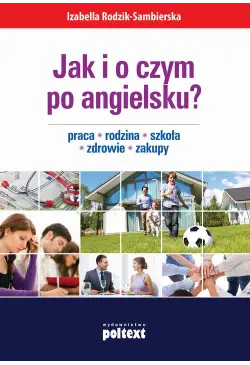

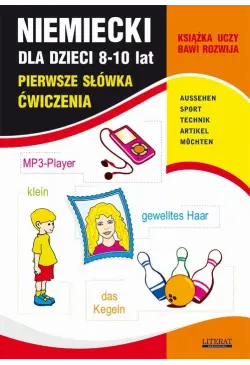

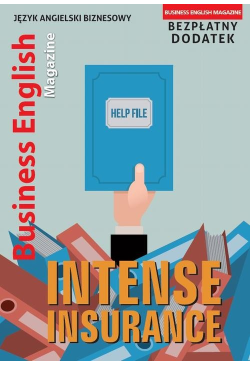
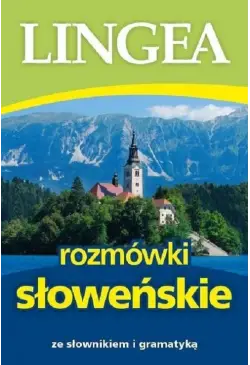
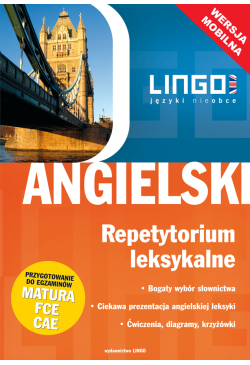
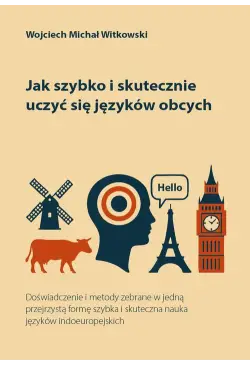
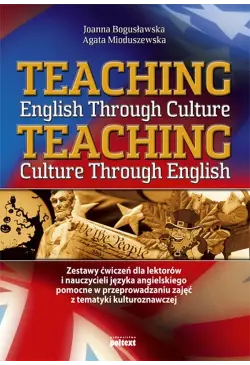


@CUSTOMER_NAME@
@COMMENT_TITLE@
@COMMENT_COMMENT@